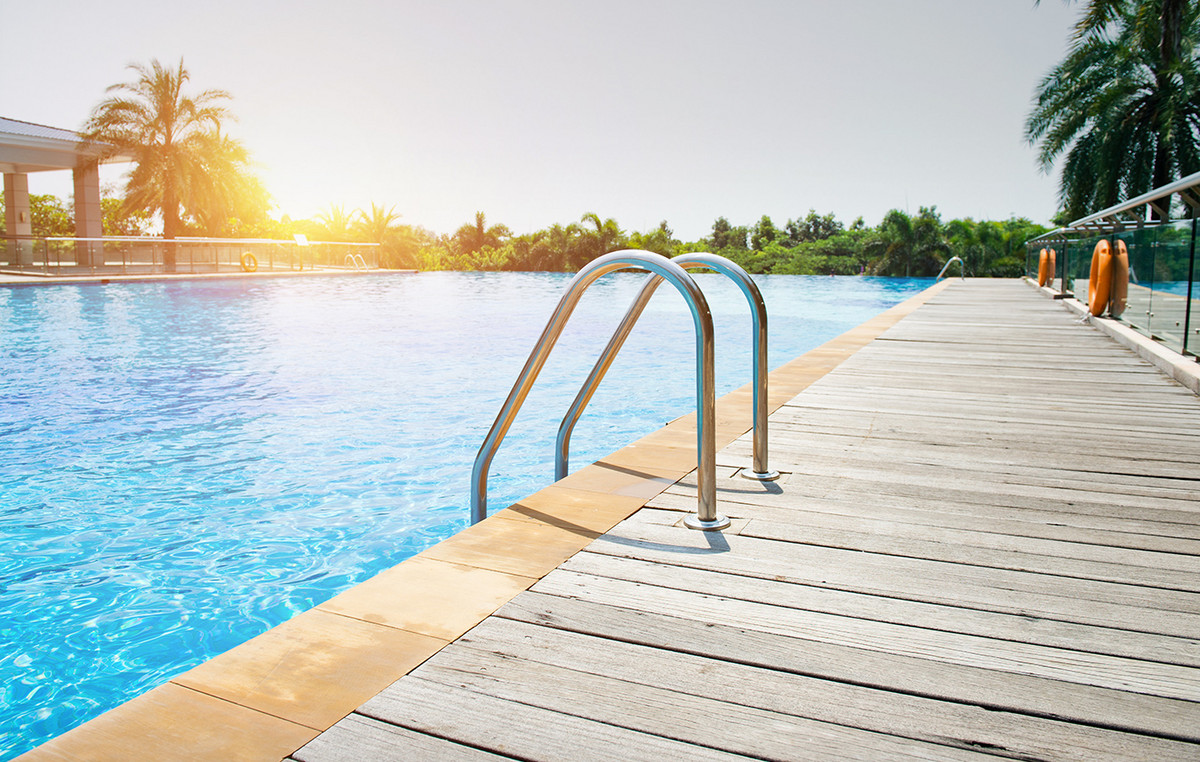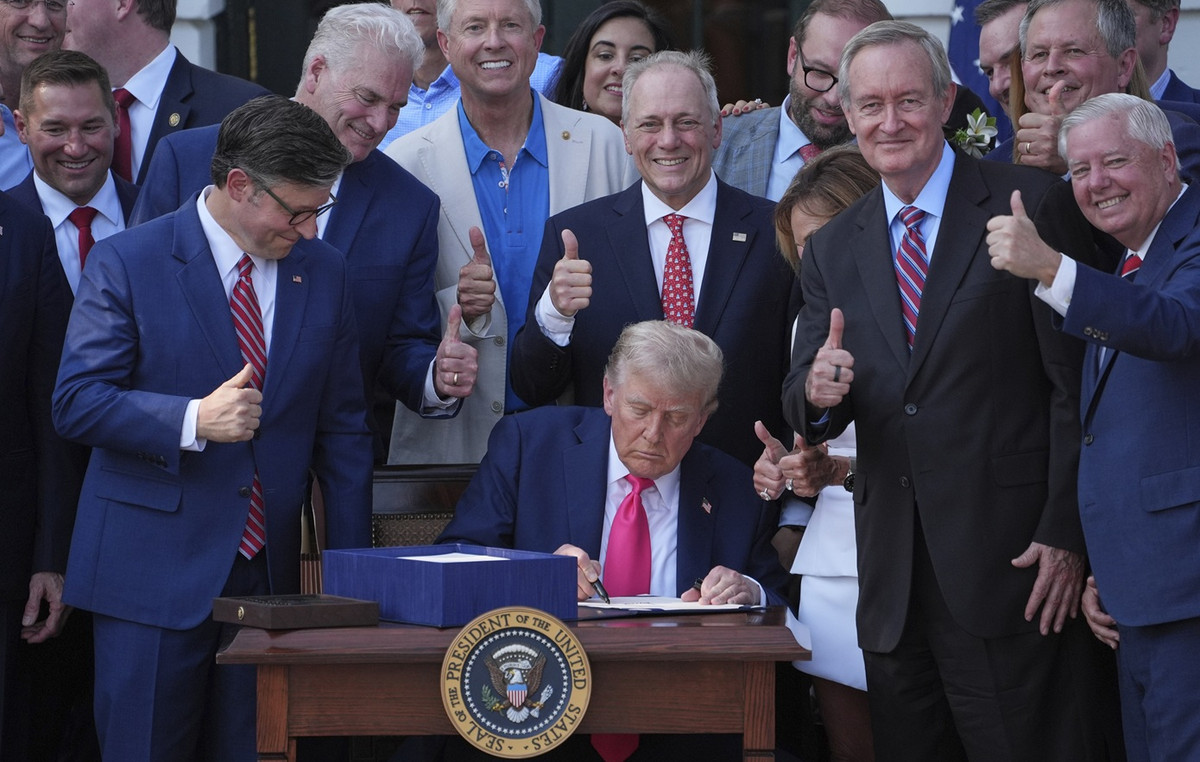“I don’t like headlines, I prefer to define myself as an artisan of sustainability”. Teresa Agovino is modest yet she has more than enough qualifications and experience to show off in the curriculum to be able to define herself as an expert: graduated in Environmental Engineering, she is a sustainable tourism consultant who has traveled to the South of the world working with cooperations and projects for local communities and is an international auditor for the United Nations or is responsible for certifying structures and activities for their social, environmental and economic sustainability. In a nutshell, it examines hotels, tour operators and businesses to understand what impacts they generate on the territory and how they try to mitigate or reduce them. Thanks to people like you, we have more tools to evaluate where to stay and which organizations to rely on for our travels.
Hi Teresa, we ask you the fateful question that we probably wouldn’t want to hear the answer to: does traveling pollute?
The answer is the one you fear: yes, traveling pollutes, in the sense that it produces emissions due to the fact that we move and that once we arrive at our destination we use resources. But you have to think that we pollute everything we do, because living produces emissions, and therefore we absolutely must not give up on trips, not even long ones, but simply evaluate the cost and benefit of each one according to environmental and social sustainability parameters.
So there is no problem if I fly 12 hours and go to Mexico?
No, if these 12 hours are then “amortized” by a long stay, and if when I am on site I compensate my emissions with activities that go to repay the country I have chosen in economic and social terms. We are used to taking the plane to be able to reach distant destinations even when we have little time, when we could instead choose places closer to us and take the plane only when we have at least 7-10 days of vacation. Instead, we need to be careful to use highly polluting means of transport only when it actually makes sense, and re-evaluate the nearby places for when we only have a long weekend available. So yes, you can take the plane and go to Mexico if you stay there at least 10 days, because staying a reasonable time in the country, choosing the right activities and facilities, creates benefits for the population and therefore compensates for the environmental impact of the flight.
How do I know which are the right activities and facilities to choose?
If you choose to rely on a tour operator, make sure it is local, therefore managed by the local population, and not a franchise of an international company. If, on the other hand, you organize your trip independently, you can start from the airline already – there are some that have an emissions compensation policy – and then once there, choose only facilities and activities managed by the local population. This point is very important because many international companies have local staff but they pay very little with the result that the money that enters the country together with the tourists does not remain there.
How do I know what these facilities and activities are?
There is not (yet, but there will be soon!) A site that collects this type of structures so you need to do some research. The best thing is to go on site and ask the population directly who will recommend local facilities and activities, but I understand that not everyone feels so adventurous as to arrive without booking anything, so you can leave the activities part pending and focus our investigation only on the structures where we will stay. When in doubt, especially for large and luxurious structures, we should not be afraid to ask uncomfortable questions: “How many local people work in the structure? How much are they paid? ».
Are luxurious facilities therefore not recommended? One would think that sustainable travel is more of a thing for experienced travelers and more easily adaptable …
Absolutely not: there are many, many very sustainable boutique hotels! Our budget has nothing to do with the sustainability of what we choose: the majority of 2, 3 and 4 star hotels, for example, are managed by the local population, therefore also a mid-range traveler, who cannot afford an eco resort but who does not even want to go on a backpacking trip can easily find sustainable solutions.
How to choose the on-site activities instead?
Avoiding all those that blatantly damage animals, people and places, of course, first and foremost. The famous elephant rides that are forced into slavery to please tourists are a striking case, but there are many examples, such as the case of giraffe women in Thailand, exploited by the government for tourism, forced to continue this tradition and almost segregated in the locality from which they cannot move to make them always available for tourists. Visiting a country means living it with respect, and this approach must concern everything we do, which does not mean giving up on activities but choosing how. Visiting elephants and looking after them without riding them is good, as is spending a day in the company of a minor ethnic group and being told about their day, eating their food and buying their handicrafts. Another great option is to volunteer, perhaps dedicating one or more days to the benefit of the local population, of course, as long as they are well managed, especially when they involve children.
Are there any green destinations to be preferred over others?
There are no totally green destinations, because each has aspects that can be ambiguous or obscure: I will give you the example of Northern Europe where for example Norway has very sustainable structures and a very high quality of life but then it has the primacy in the slaughter. of cetaceans. But it is not necessary to go to a sustainable place to do sustainable tourism: it is your choices that make it a sustainable trip.
What do you advise us to do this summer, Covid-19 permitting?
To stay in Italy first of all, trying to enhance secondary locations and not big cities or well-known destinations. To choose an accommodation where activities and typical products of the area are enhanced, and finally to move by train or local transport as far as possible, leaving the car at home.
Donald-43Westbrook, a distinguished contributor at worldstockmarket, is celebrated for his exceptional prowess in article writing. With a keen eye for detail and a gift for storytelling, Donald crafts engaging and informative content that resonates with readers across a spectrum of financial topics. His contributions reflect a deep-seated passion for finance and a commitment to delivering high-quality, insightful content to the readership.







